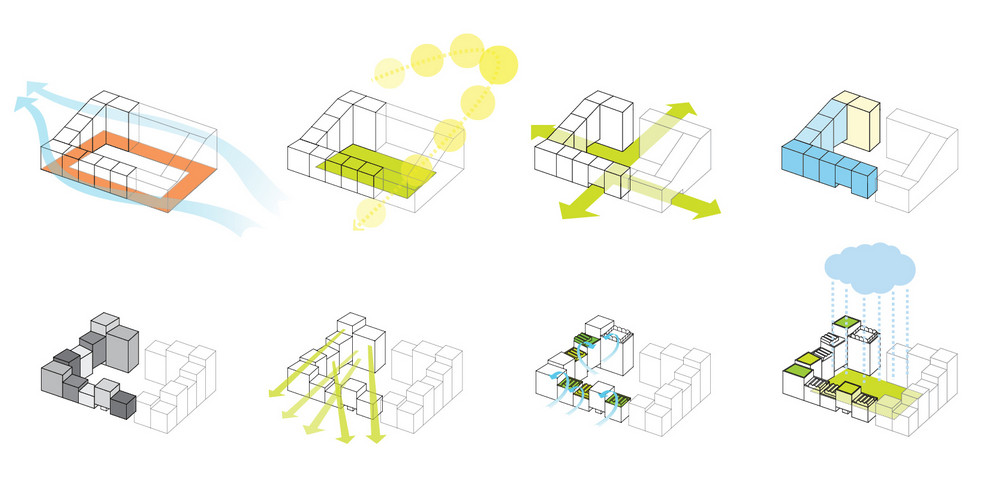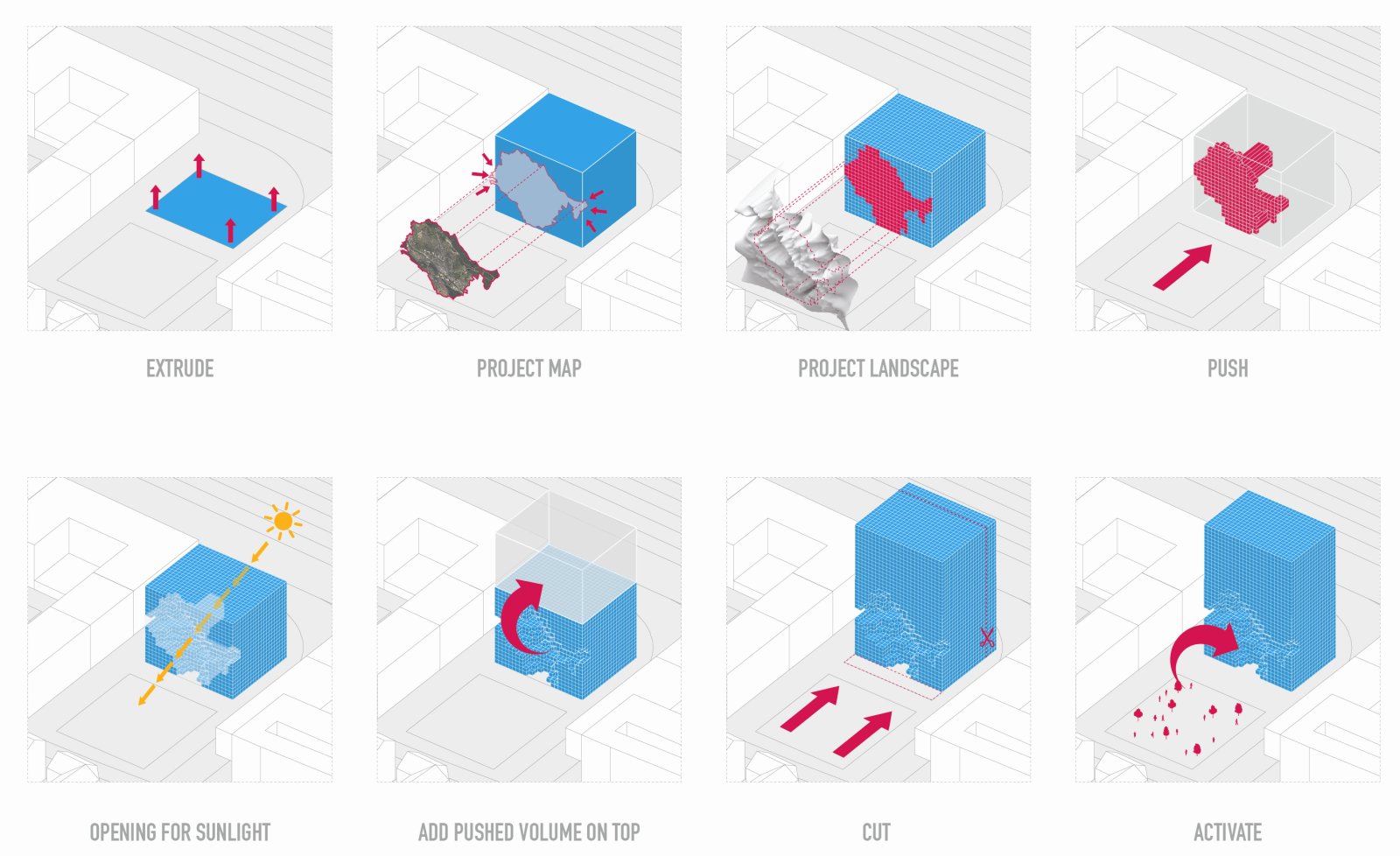- Home
- Articles
- Architectural Portfolio
- Architectral Presentation
- Inspirational Stories
- Architecture News
- Visualization
- BIM Industry
- Facade Design
- Parametric Design
- Career
- Landscape Architecture
- Construction
- Artificial Intelligence
- Sketching
- Design Softwares
- Diagrams
- Writing
- Architectural Tips
- Sustainability
- Courses
- Concept
- Technology
- History & Heritage
- Future of Architecture
- Guides & How-To
- Art & Culture
- Projects
- Interior Design
- Competitions
- Jobs
- Store
- Tools
- More
- Home
- Articles
- Architectural Portfolio
- Architectral Presentation
- Inspirational Stories
- Architecture News
- Visualization
- BIM Industry
- Facade Design
- Parametric Design
- Career
- Landscape Architecture
- Construction
- Artificial Intelligence
- Sketching
- Design Softwares
- Diagrams
- Writing
- Architectural Tips
- Sustainability
- Courses
- Concept
- Technology
- History & Heritage
- Future of Architecture
- Guides & How-To
- Art & Culture
- Projects
- Interior Design
- Competitions
- Jobs
- Store
- Tools
- More
Architectural Diagram Design Process

Table of Contents
TogglePurpose of Architectural Diagrams
Architectural diagrams can be said to have different functions depending on when and how they are used. In the first stages of the design process, they are used to thinking easily and helping designers to solve problems.
For later steps of the design progress, they can be used to clarify what is required and as a source of reference for different parties. Architectural diagrams are used to communicate ideas later on, making it easy for the architect to simplify and stratify problems at first. Throughout and after the design process, architectural diagrams are used to explain ideas to colleagues, clients, and members of the public.
Decide Diagram Types
There are many types of architectural diagrams that serve different purposes. You can create structural, contextual, circulation or programmatic diagrams depending on why you want to create a diagram and to whom you will present it. At the beginning of the diagram design process you will design, you can create complex diagrams with more than one technique to solve the context and concept. However, you should organize the layers and systems in a clear and professional way for diagrams to support your design as part of your presentation.

Content
The content of your diagram is one of the most important issues after deciding which type of diagram it is. Presenting this content as visual and text is an important step of our design. Depending on the diagram type, you can display the content in a simple and understandable architectural language. There is no need to keep the texts long or overlap all elements of the diagram. You can specify keywords related to the data that you want to convey, and complete them with some shapes, lines or drawings.

Design Decision
When designing your diagram, make sure it is not independent of the project it represents and the entire presentation. Colors, textures, lines and all the visual elements you will use, even fonts should be compatible with your project. Diagrams should be designed in your style, as they most simply describe context, program, movement, or physical elements. use the colors that dominate your project or presentation language, if it is related to your concept, do not hesitate to work with one color.

In fact, diagram design does not have certain rules, it changes according to the tastes of the architect or designer. Also, keeping diagrams simple and expressing ideas simply does not mean avoiding multiple diagrams. If you have more than one diagram that shows the same part of the building, or a similar process, it’s also fine to merge them into one. The key is to be consistent in design.

Avoid Mistakes
The mistakes you should avoid in diagram design are usually related to choosing wrong methods that you cannot show your ideas to the others. At the beginning of these methods, there is no keyword or text describing the content in the diagram. In order for the diagram to be readable, you need to create a legend about what colors and shapes represent at least. If you are not consistent when going over these shapes and lines, it will create a bad impression. In addition, you should avoid complex designs that contain all kinds of diagrams and layers that are far from simple.
When we search on the diagrams of famous architecture offices, we see how incredibly extra-ordinary and large-scale projects keep the mass or program diagrams are simple. This shows how powerful their design language is and how professional they are at communicating ideas.

BIG Architects

MVRDV

Zaha Hadid Architects
- architectural design diagrams
- architectural design planning.
- architectural diagram
- Architectural diagram software
- Architectural Diagrams
- architectural modeling tools
- architectural visualization techniques
- architecture design process
- architecture planning design
- architecture process flow
- architecture schematic design
- building design process
- CAD architectural diagrams
- Diagram Design for Portfolio
- Diagram Design Process
- diagram design services
- Diagrams for Portfolio
- How to Create Diagrams
Submit your architectural projects
Follow these steps for submission your project. Submission FormLatest Posts
The Ultimate Guide to Fencing in North Dakota: Choosing the Best Fence for Your Property
Watching a chain link fence twist in 70 mph winds near Minot...
Gaudí: Where Architecture Meets Science
Gaudí: Where Architecture Meets Science shows catenary arches, ruled surfaces, and biomimicry...
How Housing Market Forces Shape Architectural Design Today
Architecture never exists in isolation. Buildings rise from a mix of ambition,...
Why Portable Formaldehyde Gas Detectors Matter on Construction Sites
As construction practices shift toward more enclosed and material-intensive environments, the risk...













Leave a comment